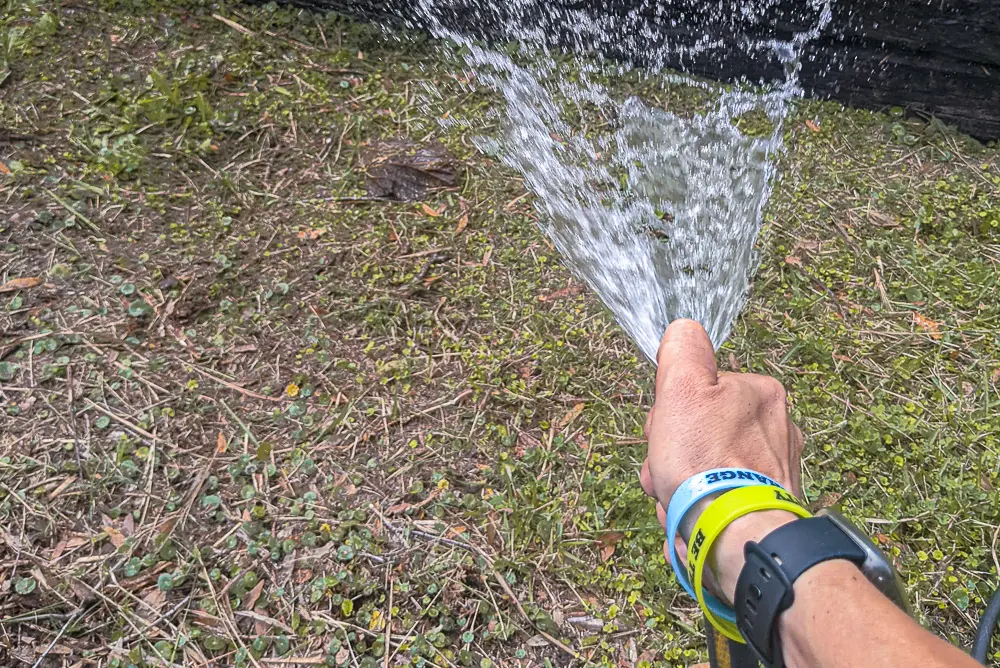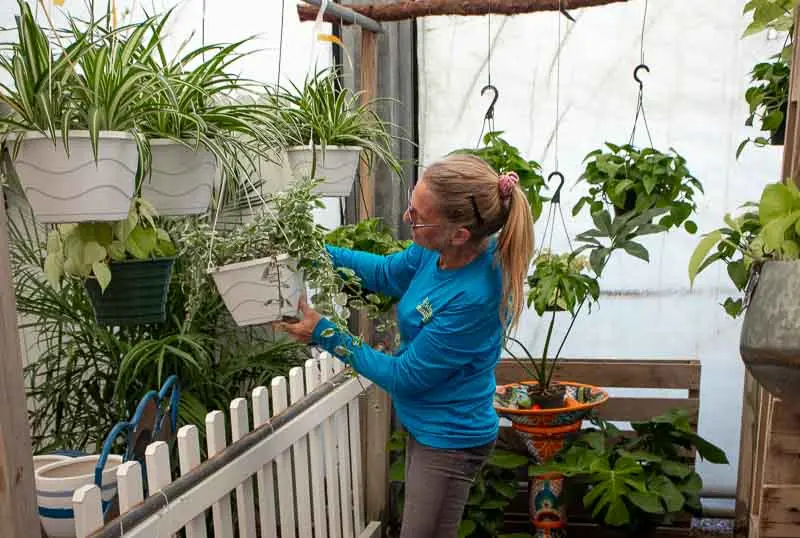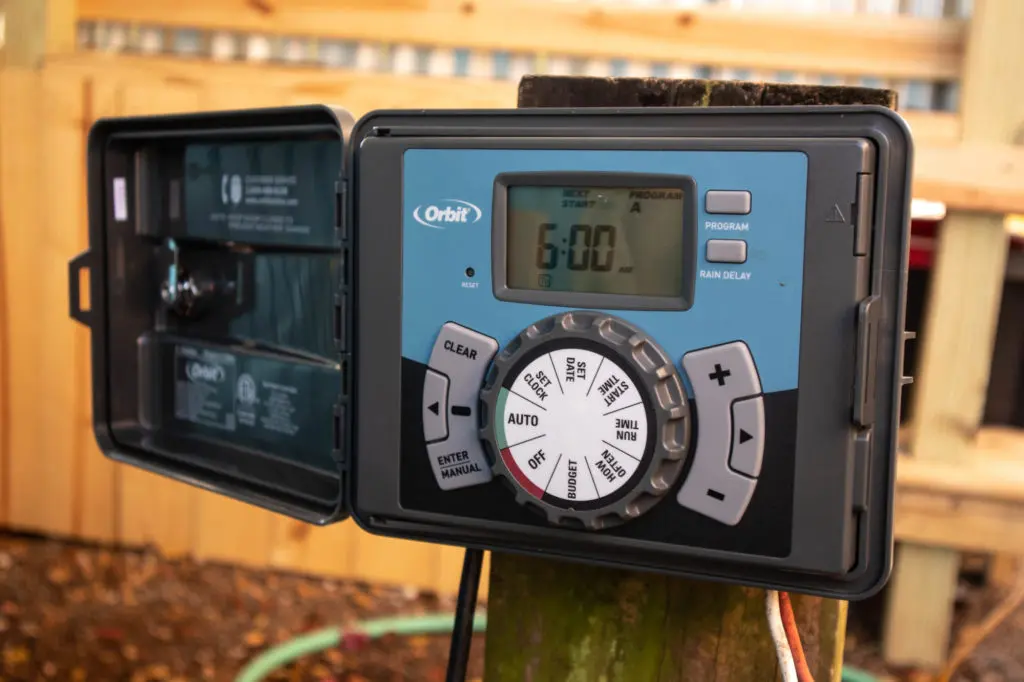by Amanda Rose Newton
In the world of plant care, water is both a life-giving necessity and a potential threat. Striking the right balance is crucial for the health of your plants.

Both overwatering and underwatering can lead to serious problems, but the signs can be subtle and sometimes confusing. This post aims to demystify these signs, helping you understand how to read the leaves and adjust your watering practices accordingly.
Signs of Overwatering
1. Yellowing Leaves: One of the most common signs of overwatering is leaves turning yellow. While older leaves will naturally yellow as they age, widespread yellowing, especially in younger leaves, indicates excess water.
2. Wilting: Paradoxically, overwatered plants often wilt, much like underwatered plants. The difference is that overwatered plants feel soft and mushy because their roots are rotting, inhibiting water uptake.
3. Edema: When plants absorb more water than they can use, the extra water pressure can cause cells in the leaves to burst, leading to blisters or lesions. This condition, known as edema, is a telltale sign of overwatering.
4. Mold and Algae: Excess moisture creates a perfect environment for mold and algae to thrive. If you notice a green or white substance on the soil surface or pot edges, it’s a sign of too much water.
5. Root Rot: The most severe consequence of overwatering is root rot, characterized by a foul smell and black, mushy roots. It’s often discovered too late, so prevention is key.
Signs of Underwatering
1. Dry, Brown Edges: The leaves of underwatered plants often have dry, crispy edges or tips. This is because the plant is unable to maintain hydration throughout its tissues, causing the edges to dry out first.
2. Drooping: Underwatered plants also droop, but their leaves feel dry and brittle. Unlike overwatered plants, the wilting here is due to a lack of water available to the plant.
3. Slow Growth or Leaf Drop: A plant not receiving enough water will prioritize survival over growth. This can manifest as stunted growth or the dropping of leaves to reduce water loss.
4. Compact Soil: Underwatered soil becomes hard and compacted, making it difficult for water to penetrate even when you do water. This can create a vicious cycle where water runs off the surface instead of soaking in.
How to Tell the Difference
Feel the Soil: The simplest way to gauge your plant’s watering needs is by feeling the soil. Turns out that old trick of sticking your finger into the soil up to the knuckle has merit! If it’s soggy or has standing water, you’re overwatering. If it’s dry an inch below the surface, it’s time to water.

Check the Pot: Ensure your pots have adequate drainage. Overwatering symptoms often arise from waterlogged soil due to poor drainage rather than just frequent watering. Note that many decorative pots indoor plants come in do not have holes. You can remedy this yourself with a drill and the right size bit.
Observe Plant Behavior: Learn the specific needs of your plants. Some plants droop slightly before needing water, making it easy to time watering perfectly. Others, like the Peace Lily, are quite dramatic about their water needs and will droop the second they require attention.
Use a Moisture Meter: For a more scientific approach, use a moisture meter to know exactly when your plant needs water. This tool can prevent guesswork and ensure your plants receive just the right amount of water. Remember that the roots go out from the plant, so try the moisture meter in a few spots away from the plant, not just right underneath. While on that subject, for indoor plants, make sure you are watering the entire circumference of the pot.
Adjusting Your Watering Habits
Develop a Schedule: While it’s essential to adjust based on the plant’s needs and environmental factors, having a baseline watering schedule can help prevent extremes of over or underwatering.

Adjust According to Seasons: Plants typically need more water during the growing season (spring and summer) and less during the dormant season (fall and winter). This includes houseplants, too!
Consider the Environment: Factors like light, temperature, and humidity all play a role in how much water your plant needs. Higher light and temperature can increase the need for water, while higher humidity decreases it.
Understanding the signs of overwatering and underwatering is crucial for keeping your plants healthy. By learning to read the leaves and adjust your watering practices accordingly, you can ensure your green friends thrive in their environment. Remember, when in doubt, check the soil moisture and err on the side of underwatering—most plants are more resilient to lack of water than they are to too much of it.


